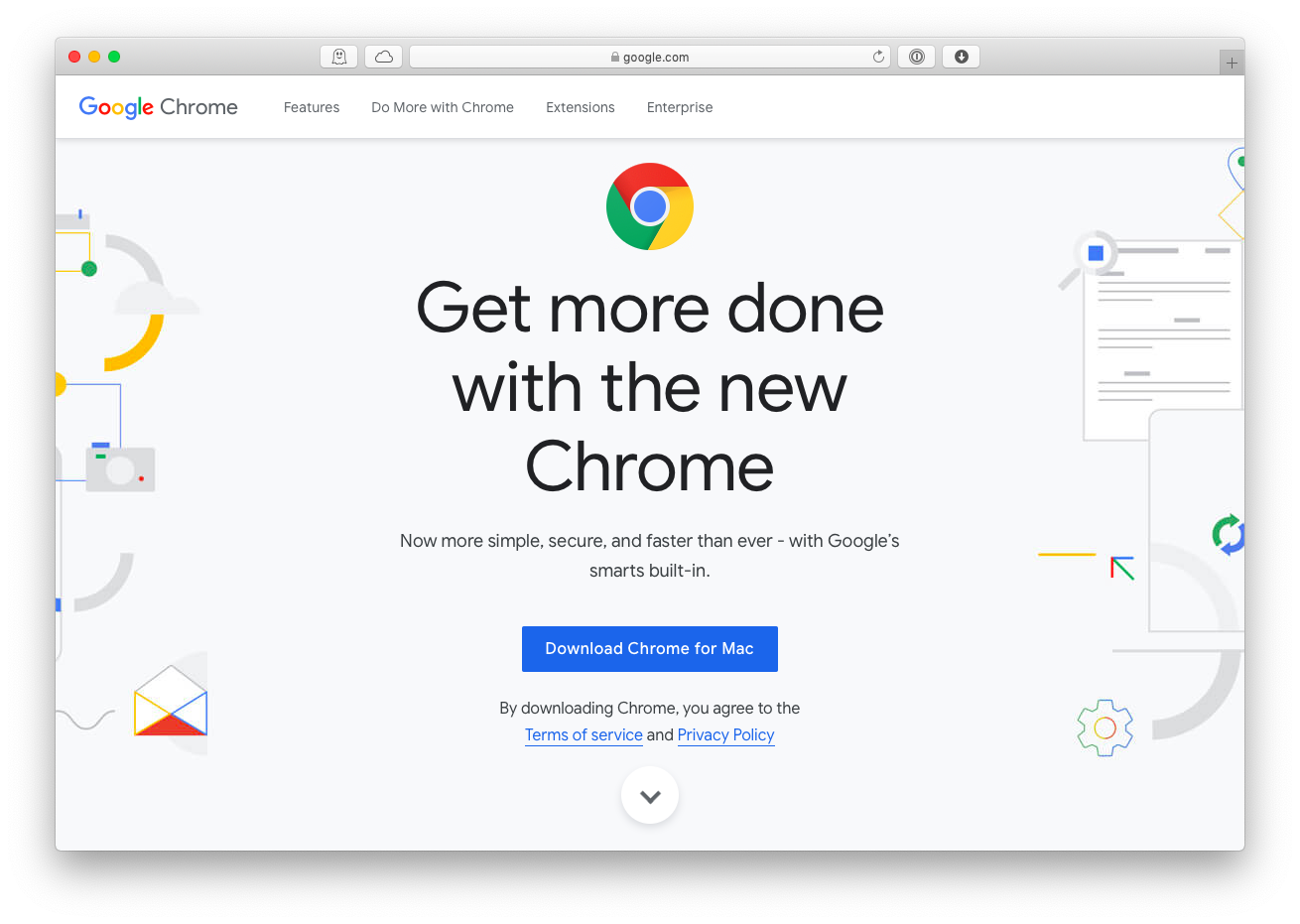
Installing Chrome OS Flex on Windows is a two-step process. Chrome OS Flex System Requirements #īefore thinking about Chrome OS Flex download, you’ll need to ensure you have a machine with at least these specifications:Īn active internet connection Minimum 8GB USB Flash Drive A 64-bit Intel or AMD CPU Four gigabytes of RAM Support for booting from USB Administrative access to the BIOS/UEFI settings How to Install Chrome OS Flex on Windows # Not just that, if you’ve got an old Windows or Mac lying around, you can install Chrome OS Flex on it and revive it into a fully-functional machine capable of performing most day-to-day internet operations. What makes it a lucrative option for this purpose is that it can be quickly deployed across a fleet of devices and managed remotely using the Google Admin console. So you can think of it as a modified version of Chrome OS-similar to CloudReady-that’s lightweight and can quickly transform your old PC hardware into a fast, modern machine.Ĭhrome OS Flex is essentially designed for businesses/students. It’s free to use and built on the same code base as Chrome OS. What Is Chrome OS Flex? #Ĭhrome OS Flex is a cloud-first operating system for PCs and Macs. In fact, we revived our 12-year-old Sony Vaio laptop by installing Chrome OS Flex on it. Moreover, the process to install Chrome OS Flex on Windows is extremely easy and seamless. Since Chrome OS Flex is pretty lightweight, it should technically work a lot smoother than the Windows operating system on the same laptop. So users can install it on their old, slow laptops and turn them into smooth-functioning machines again. To Powerwash your Chromebook, click on your profile picture in the lower right-hand corner and navigate to Settings > Advanced > Reset > Powerwash.Chrome OS Flex can run on both Windows and Mac. It's similar to the new Reset and Refresh functionality in Windows 10. It'll delete locally stored user data and restore the Chromebook back to its factory state, but it won't reinstall the operating system.

The Powerwash is akin to hitting a factory reset button. Try a Powerwashīefore taking the drastic step of reinstalling the entire operating system, why not first see if the Powerwash feature can remedy the problem?


In any of these cases, you might need to completely reinstall the operating system. Perhaps you tried installing Linux and something went awry, maybe you went poking around in the Developer Mode and made an irreversible change, or perhaps you got unlucky and downloaded a Canary Build that crashed the system. More often than not, the cause can be traced back to the user. That said, things do still occasionally go wrong.


 0 kommentar(er)
0 kommentar(er)
